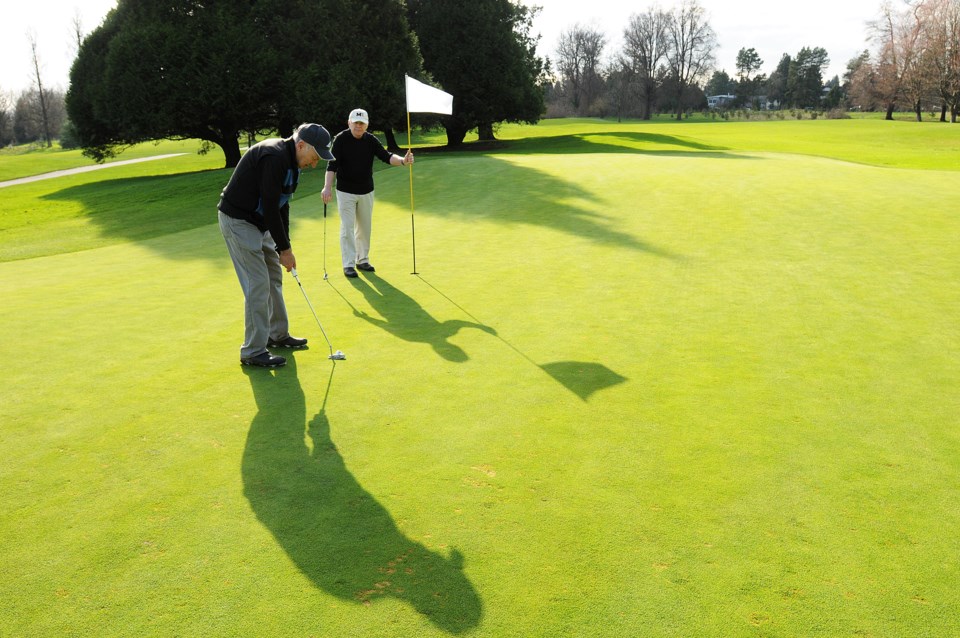“A lot of people don’t realize this…”
As a reporter, I like hearing those words because sometimes it means I might learn something and, as a bonus, the new information might actually be interesting.
So it was, in fact, interesting when city engineer Peter Judd spoke to city council Tuesday about what the city’s plans were for residents to access water, if a major earthquake rattled this city.
“A lot of people don’t realize this but there’s very large aquifer that runs under the Langara-Oakridge area, so we built a well system in Langara golf course which normally provides irrigation for the golf course,” Judd said. “But the primary purpose of building that was to provide an alternate source of water, in the event that the main system is not functioning correctly. Oakridge also uses water for cooling from that aquifer. So part of our plan is to use water from Oakridge Centre, as well.”
Interesting, right?
Aquifer, according to Wikipedia: An underground layer of water-bearing permeable rock or unconsolidated materials (gravel, sand or silt) from which groundwater can be extracted using a water well.
Judd mentioned the aquifer after letting council know that Vancouver won’t likely be able to rely on its traditional sources of water from the North Shore mountain reservoirs when the Big One hits.
That’s because pipes will break.
Though the aquifer option sounds interesting, is it sustainable?
Mayor Gregor Robertson wanted to know.
So he went all reporter-like and asked this: If we lose the water from the North Shore — the Metro water — and we’re running off the Oakridge aquifer, how long can we last? How much water can we produce from that aquifer and pump around the city? Is all the infrastructure there to basically flip a switch and use water from our wells?
Judd: “Well, it wouldn’t get you very far. The intent is more to use it as a source of water to potentially treat for potable water versus for firefighting use. So you would treat it onsite and truck it to where you needed it from there, or use a tanker to get it to a hospital, for example, which is a high priority for us.”
Judd reminded the mayor that another and more sustainable alternative to the aquifer would be water from the Coquitlam reservoir. Metro Vancouver recently ran a pipe from the reservoir that doesn’t go under Burrard Inlet.
But, Judd pointed out, other municipalities would also rely on that water source.
So then what?
“Residents,” Judd said, “for a period of time, will need to supply their own water. You need to be storing some water in your house in a place where you can get at it. It’s very likely that we will not be able to supply potable water to individual homes for some time following an earthquake.”
He’s given you fair warning.
twitter.com/Howellings



